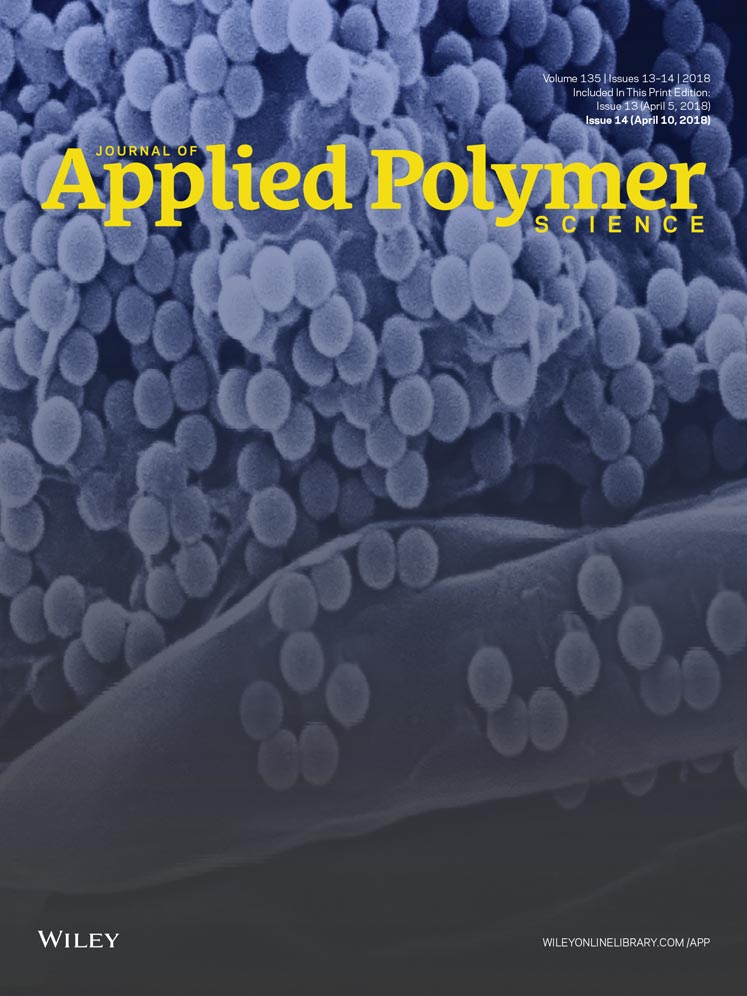Laser confocal microscopical characterization of toughened epoxy resins: Correlations between structural features and mechanical properties
ABSTRACT
Laser confocal microscopy is used to analyze the morphology of an epoxy resin (DGEBA) modified with different amounts of toughening agent carboxyl terminated butadiene acrylonitrile (CTBN). The size and phase volume of the distributed spherical toughening particles is ranging from 0.7 to 1.6 µm and 5 to 40 vol %, respectively. These morphological parameters and particles/µm2 reveal a nonlinear relationship with the amount of toughening agent. With increasing particle size and number the glass transition temperature and the tensile modulus are decreasing, whereas the fracture toughness increases. Particles larger than 1.3 µm and a value of particles/µm2 higher than 0.15 exhibit a more significant impact on the resin properties. Linear correlations between the rubber phase volume and the glass transition temperatures as well as the mechanical properties, i.e., tensile modulus and fracture toughness are ascertained. © 2017 Wiley Periodicals, Inc. J. Appl. Polym. Sci. 2018, 135, 46094.




